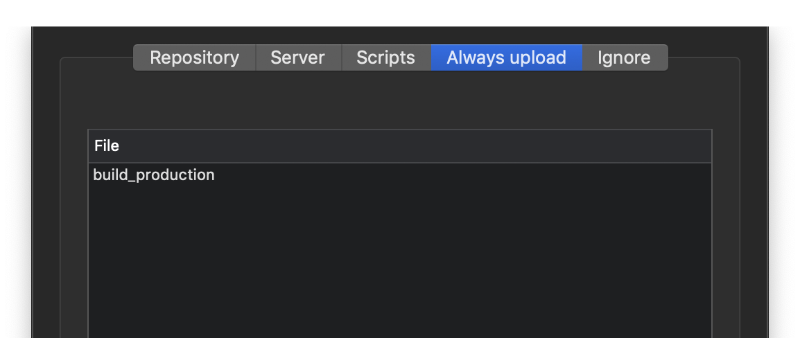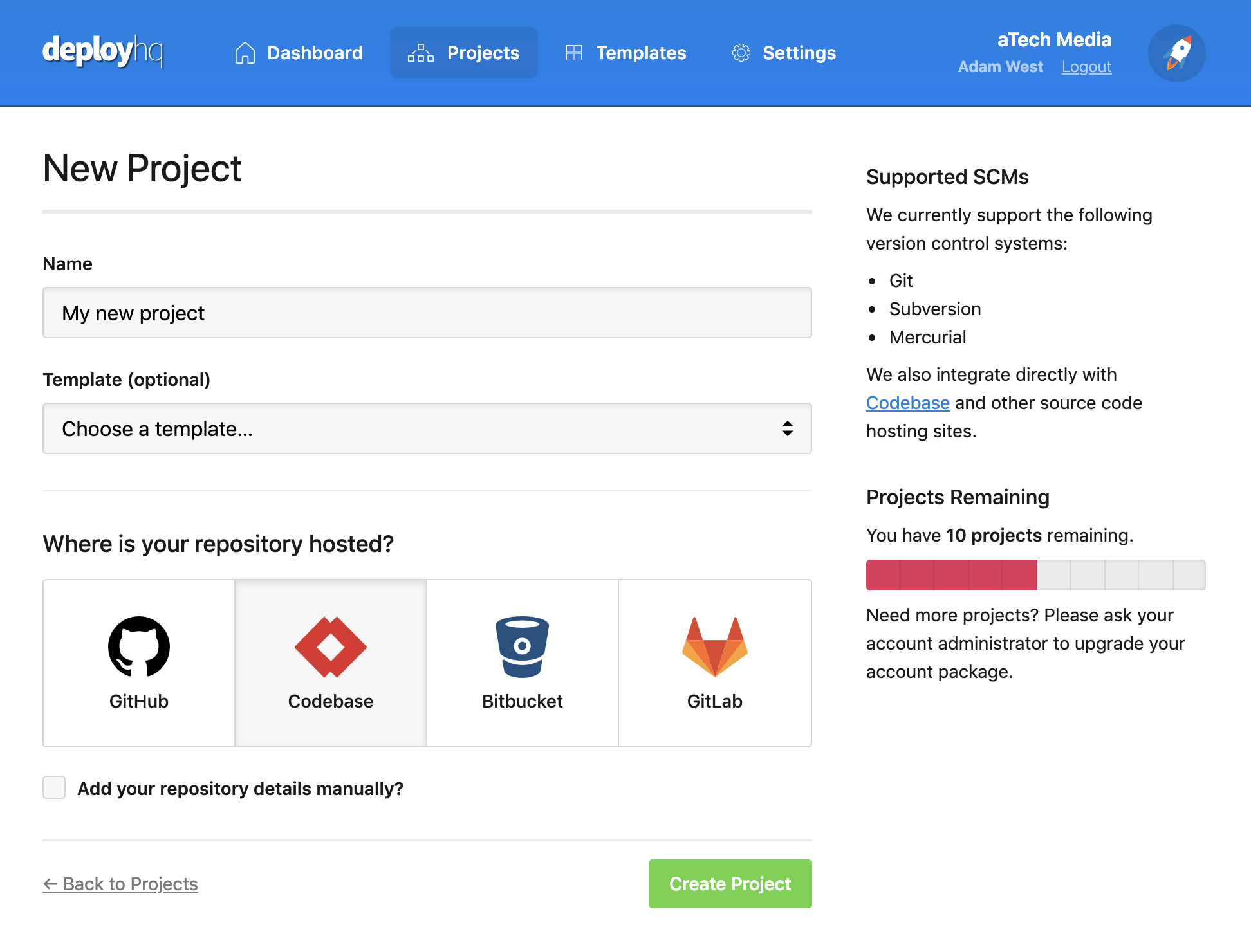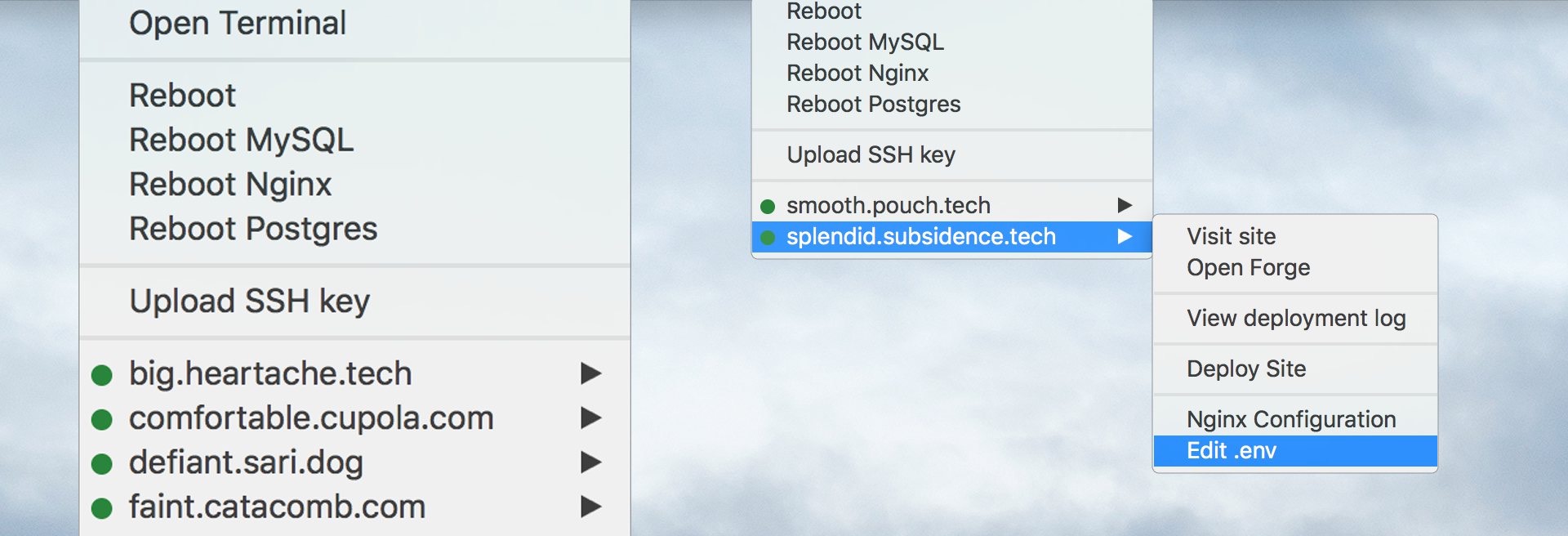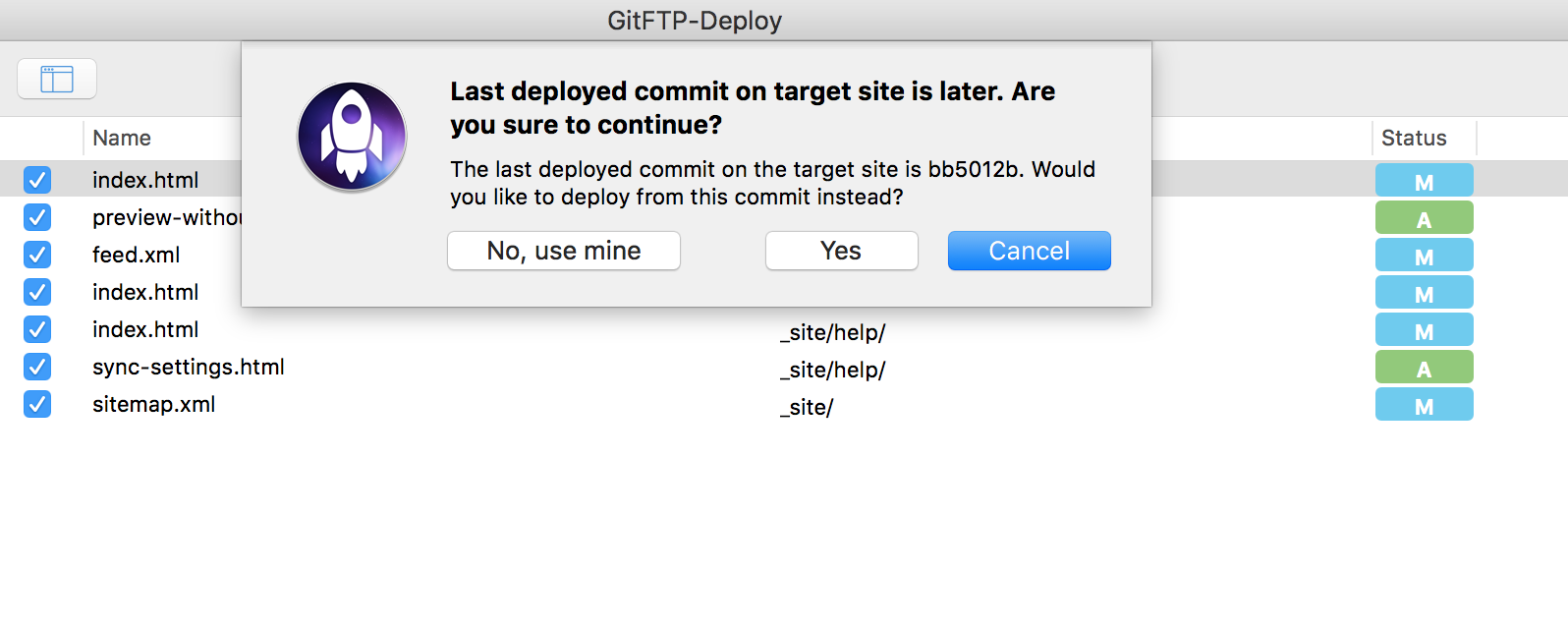

Normally, this will be a directory like htdocs or public_html.
#Gitftp deploy password
The hostname, username and password must match those which you'd enter in your client, and the deployment path is where files will be placed on the server. We've created a simple free hosting site so we'll just use the same details here we'd enter when connecting via our FTP client. Here, you'll be able to enter a name for your server, then choose FTP as the protocol. Once you’ve connected your GitLab repository, you'll be automatically directed to the New Server screen. It's recommended that you keep the add a webhook option checked, as that will allow us to set up automatic deployments later in this guide.

Select the repository, then DeployHQ will automatically connect to it and add an SSH public key to be able to access it. Once you've clicked Create Project you'll be prompted to login to GitLab, then you can choose your account, after which you'll be presented with a list of repositories that you have access to. You can connect to a repository on any of the main hosting providers - Bitbucket, Codebase, GitHub and GitLab, but if you host a repository elsewhere you can configure it manually. You’ll be happy to hear that we have a generous free plan that lets you deploy 1 project up to 10 times a day!Įnter a name for your project and choose GitLab. Once you've signed up for a new DeployHQ account, you can click the New Project button at the top of the screen to get started.

#Gitftp deploy code
This guide assumes you are using GitLab for code hosting and version control management using Git. In order to use a service such as DeployHQ to streamline your deployment process, you'll need to have an FTP server in place, and a Git repository. Managing complex uploads to multiple environments (development, staging and production).

#Gitftp deploy update
That is a free, open-source tool that is pretty powerful, and requires no configuration at all - you just have to learn the single-line syntax command to use when you want to update your site.
#Gitftp deploy how to
If you don't want to go and learn how to write GitLab CI/CD configuration files, then just use a tool like git-ftp, suggested previously. If you are managing multiple projects on services like GitHub or GitLab, you'll know that these services also offer tools that you can use to setup your own automated integration-and-deployment scripts - and there is a wealth of materials online to show even the greenest newbie how to do that.īut you don't even have to invest that much time or effort into your automated deployment. The fact is, that if you are a developer using git, you are not afraid of complex tools, and is likely to have at least a passing familiarity with the command-line. All of these charge monthly fees, but offer many features that go beyond this package - e.g., ability to deploy from SVN or Mercury, as well as git. Some of the others include FTPloy (mentioned previously), DeployHQ, and Bamboo. The author insists on making price comparisons with 'DeployBot' - one of many online continuous-deployment services targeted at workgroups with multiple live sites. The app has a nice interface, is stable and works well, but ultimately - as has been pointed out several times by other users in previous reviews - it is too expensive for what it offers.


 0 kommentar(er)
0 kommentar(er)
